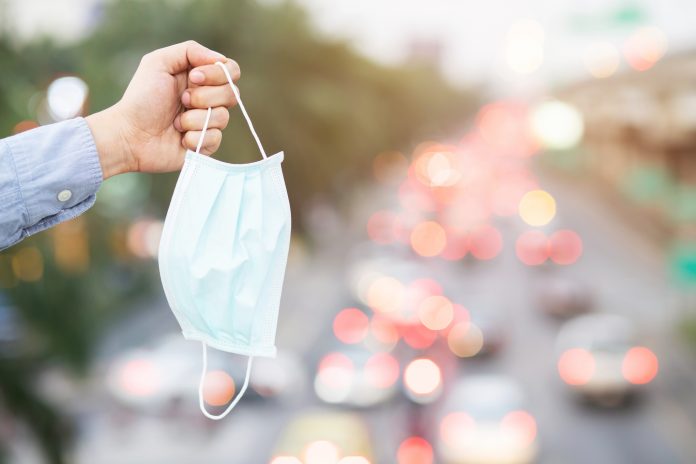Mathew Hassell, founder and CEO of Kura, discusses how the school run can be changed to improve the air quality around schools and protect children’s health, following the reduction in pollution amid the UK lockdown
With the start of 2020 seeing governments around the globe enforce a range of lockdown measures following the Coronavirus outbreak, the levels of air pollution in our urban areas have drastically reduced. The lockdown offers a glimpse into a less polluted and a hopefully healthier future.
In the UK, restrictions on travel and outdoor activity have provided environmental benefits as the levels of nitrogen oxide in the atmosphere, that is released from vehicle exhausts, have decreased by nearly 50% compared with last year, as fewer cars are now out on the roads.
While air pollution may understandably not be front of mind for many of us currently given the ongoing pandemic, ensuring air pollution is kept low moving forwards is essential as over 40,000 early deaths in the UK each year are estimated as a consequence of high pollution levels. One activity that has contributed to this has been the environmental burden of the school run.
Approximately one in four cars on the road during rush hour come from the school run, this is especially worrying when parents who drive their children to and from school may leave their engines idling at the school gates – increasing the amount of harmful emissions that are released into the atmosphere and exposing our children to these as they enter and leave their place of education.
Below are some of the key ways that school leaders can make use of the self-isolation period while many pupils are at home to prepare an effective strategy for continuing to improve air quality around their schools, protecting the lives of their pupils and staff once they re-open their gates.
Encourage walking
With isolation in the UK restricting individuals to one outdoor activity a day, walking and running is becoming the activity of choice. Encouraging this as a mode of transport for parents and students, if they live a walkable distance from the school, is a great way to reduce unnecessary car journeys and pollution levels once schools do reopen.
Starting a walking bus system where pupils can be chaperoned on a collective walk to school or Using the National Walking Week in May – should everyday life have begun to return to normal by then – could be strong incentives in encouraging parents and pupils to leave the car at home.
Currently, almost half of parents believe that traffic fumes near their children’s school are a safety risk (48%) and wish to see active measures taken to reduce this. Therefore, using this time to implement and prepare for these walking initiatives, that take into consideration where pupils live and any relevant safety measures (such as routes that avoid main roads) could increase the chances that walking will be the preferred option for many moving forwards.
Shared school transport
Similarly, when car engines are left running outside school entrances, this makes schools one of the locations where children are at the most risk of dangerous levels of pollution. Recent research has revealed that these outdoor pollutants can enter school buildings and compromise indoor air quality – damaging pupils’ cognitive function and ability to learn.
Implementing and encouraging shared transport services can cut down on these pollution levels and subsequently reduce this risk. Although increasing uptake of these services could help to reduce unnecessary single car journeys, currently just 28% of pupils use a school transport service. However, by implementing a school-run bus service that uses routes convenient for pupils and parents to access and employing tracking and notification technology to enhance safeguarding, adoption of shared transport services can be increased. One 49-seater vehicles replaces 31 cars on the road at average UK vehicle occupancy, saving 73% in CO2 emissions on a 20-mile journey.
According to a 2018 YouGov survey, over two-fifths of UK children living in urban areas are concerned about air pollution near their school. And with over 2,000 schools and nurseries in England and Wales situated within 150 metres of a road with illegal levels of air pollution, school leaders should be using this time to evaluate their current strategy to reduce these levels for when schools resume running as normal – and tackling their school run is a great place to start.
Despite pollution currently being low with restricted travel, these levels will not last as parents will return to their cars to transport their children to school, if other options are not available. With pupils and staff’s health at risk, acting now could help maintain low pollution levels and keep schools a happy and healthy environment to be in.











